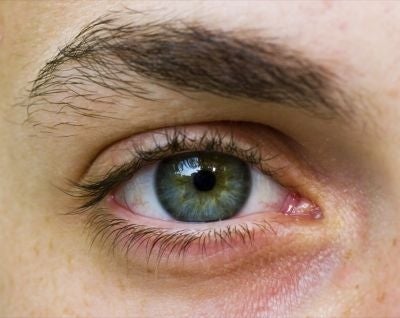Your support helps us to tell the story
From reproductive rights to climate change to Big Tech, The Independent is on the ground when the story is developing. Whether it's investigating the financials of Elon Musk's pro-Trump PAC or producing our latest documentary, 'The A Word', which shines a light on the American women fighting for reproductive rights, we know how important it is to parse out the facts from the messaging.
At such a critical moment in US history, we need reporters on the ground. Your donation allows us to keep sending journalists to speak to both sides of the story.
The Independent is trusted by Americans across the entire political spectrum. And unlike many other quality news outlets, we choose not to lock Americans out of our reporting and analysis with paywalls. We believe quality journalism should be available to everyone, paid for by those who can afford it.
Your support makes all the difference.Silicon Valley-based AOptix on Monday introduced new "e-gates" that recognize faces as well as irises of passengers before opening to let them board flights.
"This is what we call the future of passenger boarding," AOptix director of corporate communications Brian Rhea said as an InSight Duo electronic gate was tested at the San Jose International Airport in Northern California.
"Airlines are very concerned about security and are looking to make sure everyone who gets on the airplane is exactly the person on the boarding pass."
AOptix e-gates that confirm identities based on iris scans are already in use at airports in Britain and Qatar and at a "high-security facility" in the US capital.
The new system making its public debut at a Biometric Consortium Conference in Florida on Tuesday is touted as the first to add facial recognition to scanning irises, which are unique to every person.
"Customers are asking for a face image with iris," Rhea said.
"There is a lot of interest, especially at immigration and border crossings," he added.
Those being "enrolled" look briefly at a scanner, which maps faces and eyes in seconds. Biometric data stored in computers is synced to bar codes on boarding passes or other documents.
Someone trying to get on a flight places a boarding pass on a reader at an e-gate and looks into a nearby screen, which can check whether irises and faces match information on record. Security gates only open for correct matches.
"The iris is a better identifier than a fingerprint," Rhea said. "But if you are matching both face and iris, that could be The System."
AOptix, founded 11 years ago in Northern California by astronomers, paired biometric scanning technology with gates made by Germany-based Kaba.
The company said it has seen interest in combined iris-face identification systems from officials who run high-security buildings, airports, or border checkpoints.
"From an airport perspective, we certainly support advances in technology that could make it easier for passengers and for airlines," said San Jose airport communications director David Vossbrink.
"We really like it when our Silicon Valley companies like AOptix can move the ball forward so the entire travel business can take advantage of that," he added as he watched the e-gate testing.
E-gates will not spare people from routine security screening at airports.
"There will always be a need for a physical screening of some type," Rhea said. "This could make the ID part easier, though."
Airlines tend to keep biometric data only for the short-term, dumping it after flights are completed and the data is no longer necessary for security checks.
The iris or face databases linked to Duo e-gates at locations such as border checkpoints or building entrances would be up to those in charge of security.
"Ultimately, if someone is deported from the UK for whatever reason and trying to get back in on false documents, iris information taken at deportation will nail them every time," Rhea said.
Duo e-gates cost about $50,000.

Join our commenting forum
Join thought-provoking conversations, follow other Independent readers and see their replies
Comments